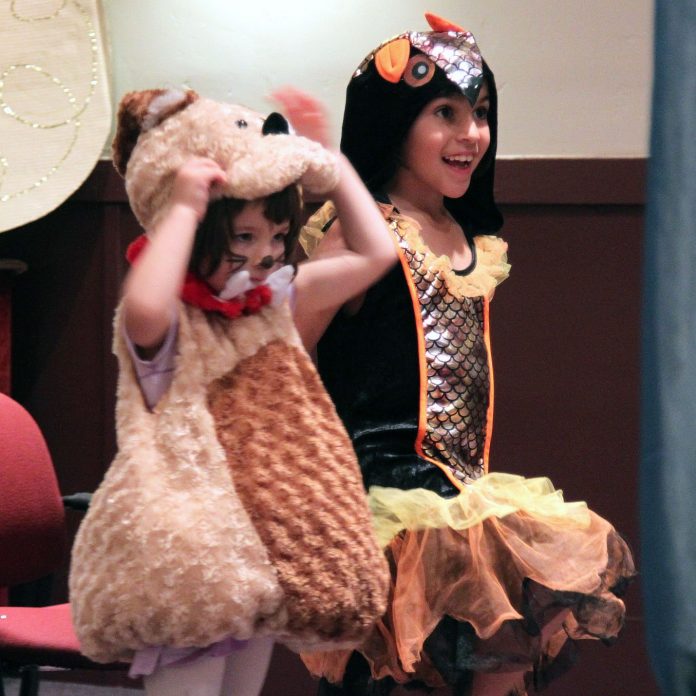
In the coming days, members of Jewish Congregation Emeth in Morgan Hill, along with Jews all over the world, will prepare for the annual Purim celebration. Reminiscent of Mardi Gras, Purim is a joyous holiday marked with lavish parties and plays, costumes, games, drinks and traditional foods.
Purim commemorates the victory of the Jewish people against their adversaries in the 4th century BCE. The setting begins with a festive party held in King Ahasuerus’ court in the ancient Persian capital city of Shushan, located in what is now Iran. After discarding his first wife, Vashti, for disobeying him, King Ahasuerus takes a beautiful young queen named Esther. Under the direction of her uncle Mordechai, Queen Esther keeps her Jewish identity a secret.
According to the legend, Mordechai discovers a plan of the King’s prime minister, Haman, to annihilate the Jews of Persia. With the help of her uncle, Queen Esther outwits Haman when she appears before King Ahasuerus and reveals Haman’s plan to destroy her people. As a result, Ahasuerus permits the Jews to defend themselves against their would-be attackers and they emerge triumphant.
The story is written as the scroll of Esther, known in Hebrew as Megillat Esther. The Megillah is the last of 24 books added to the Hebrew Scriptures. It is debated whether this legend is factual or was written as a historical novella. Because rabbis of the time debated the story’s authenticity when the Jewish canon was sealed, today’s scholars believe this may lend some accuracy to the story, at least in part.
At the time the story takes place, there was already an annual carnival in Persia. The carnival, a lively event celebrating the Babylonian new year, was a forerunner to Mardi Gras and replete with elaborate parties and costumes. This was no weekend frolic, it was a magnificent banquet that lasted a full six months—it was a 180-day drinking feast.
According to Rabbi Debbie Israel of Congregation Emeth, “as long as Jews were celebrating it, they [ancient rabbis] sought for a way to authenticate it in Jewish life. So my suspicion is that there are elements of truth and elements of a whole lot of just fun storytelling.”
Today, Jews everywhere celebrate the victory of Purim with a party. Revelers don elaborate costumes and give gift baskets of sweet treats, called mishloach manot in Hebrew. Traditional foods include hamantashen, a triangular poppy-seed filled pastry commonly eaten by Ashkenazic Jews of European descent. Hamantashen is presumably named after the triangular shape of Haman’s ears or hat. For Purim, Mizrahi and Sephardic Jews from North Africa, Asia, the Middle East, Spain and Portugal enjoy bourekas and almond ‘cigars,’ both pastries filled with nuts, dates, and honey.
Adult partygoers may enjoy a few drinks. Some Jews will also observe the celebration with a fast on Purim eve.
The celebration would not be complete without hearing the Megillah read aloud and reenacting the events through skits and plays. Purim, Rabbi Israel says, is “made for a drama, it’s made for a play, and consequently having Purim plays is something that is pretty much a traditional activity in synagogues throughout the world on the holiday.” During such performances, noisemakers or “groggers” drown out the name of the wicked Haman.
In contemporary times, Purim tells the story of perseverance in the face of adversity. It is an epic tale of self-reliance and self-advocacy. It’s a time for celebrants to rejoice and let loose. “When you look at history of the Jews and how many times the Jews’ lives were at risk, and always Jews being on guard, always Jews being frightened for their lives and their community, this is the holiday where we can let down our guard,” says Rabbi Israel, “this is the story about being saved — about saving ourselves.”
This year, the Jewish holiday of Purim begins at sunset on Wednesday, March 23 and ends on Thursday evening, March 24.













